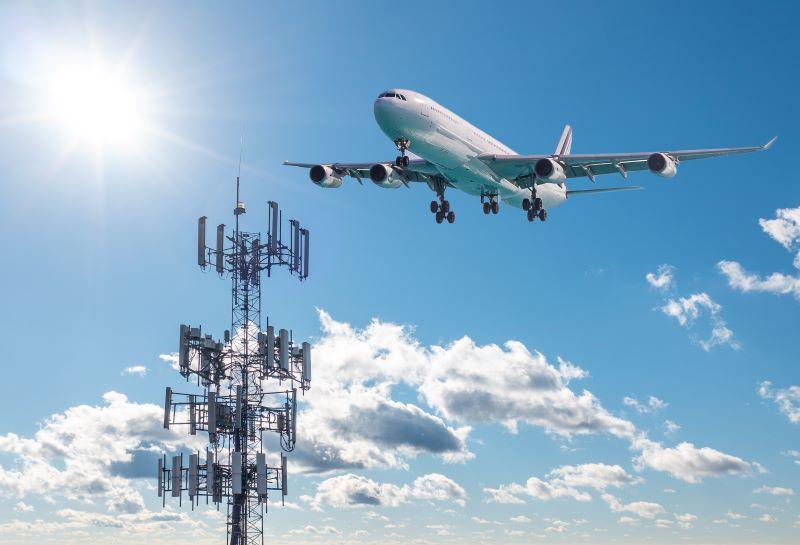
Credit: backyardproduction / Getty Images
WASHINGTON—The FAA has formally designated several internal staff roles to support the agency’s effort to coordinate with other aviation stakeholders and telecommunications industry counterparts as part of work being done to minimize the safety risk of new 5G C-band service. Billy Nolen, the agency...
Subscription Required
This content requires a subscription to one of the Aviation Week Intelligence Network (AWIN) bundles.
Schedule a demo today to find out how you can access this content and similar content related to your area of the global aviation industry.
Already an AWIN subscriber? Login
Did you know? Aviation Week has won top honors multiple times in the Jesse H. Neal National Business Journalism Awards, the business-to-business media equivalent of the Pulitzer Prizes.





